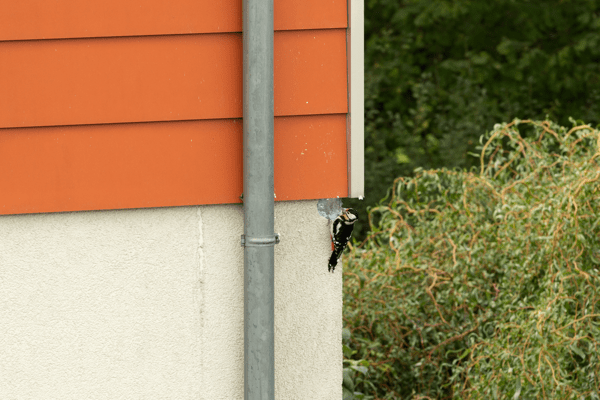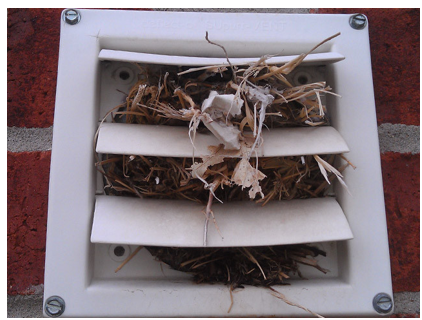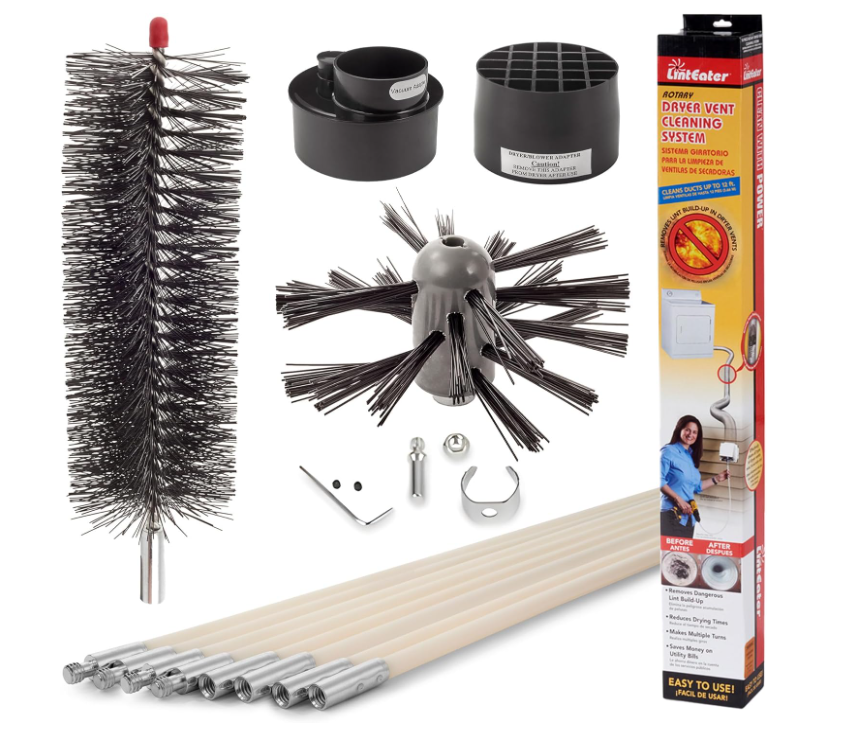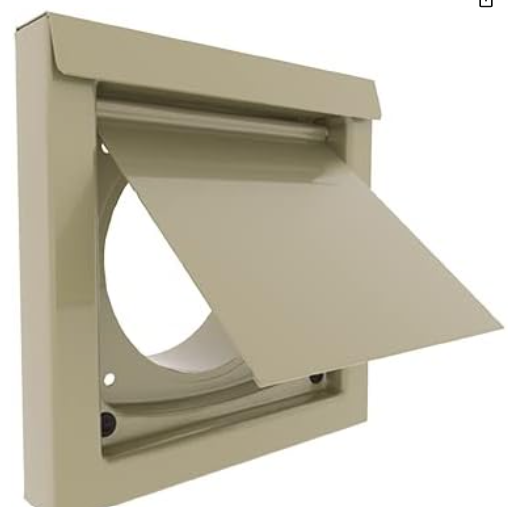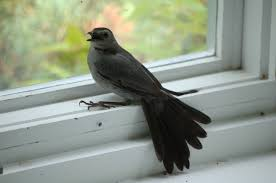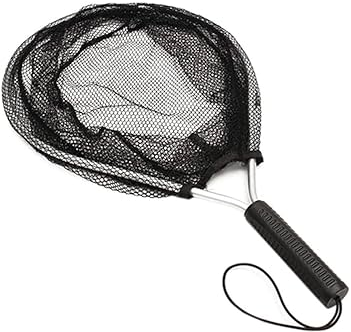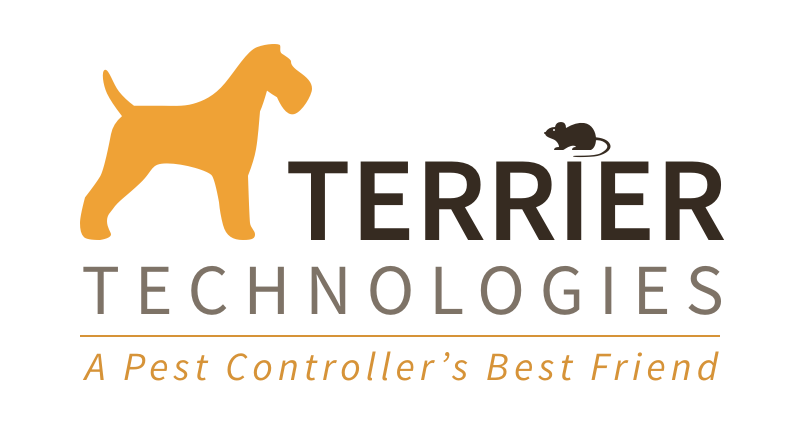-
Another common residential bird problem involves birds nesting on or inside the home. This is a common problem in attics, roofs, soffits, eves, gutters, porches and chimneys. Nests can be small or very large depending on how long the problem has been going on.
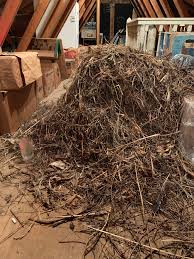
Nesting Material in Attic
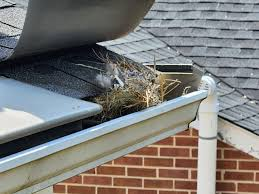
Nest in Gutter
-
This service should always start with an inspection. Common areas to inspect include the areas listed above. After inspecting, provide a proposal for removal of any nesting materials, disinfecting and deodorizing the area and any exclusion to prevent future issues.
-
Prior to removing any nesting material, use an anti-microbial or water to wet the material and wear proper PPE, including gloves, respirator and eye protection to prevent disease. Nesting material should be bagged and disposed of in an off-site dumpster.
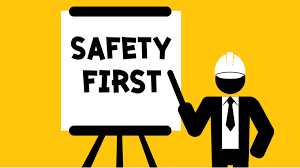
-
Future nesting issues can be prevented using exclusion or deterrents such as optical gel (see commercial bird section for application instructions). Make sure to provide a proposal!
